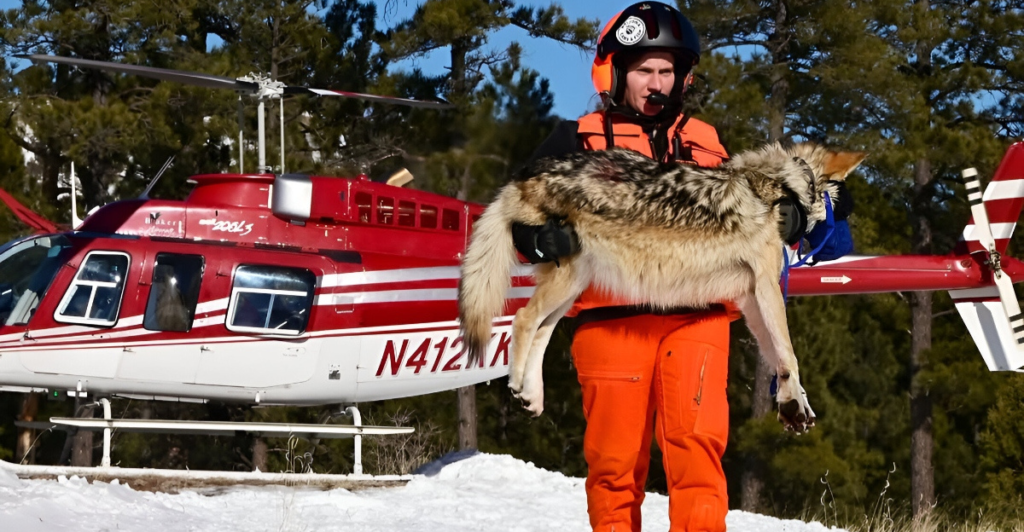
The U.S. Fish and Wildlife Service has long been a cornerstone of conservation in the United States. However, a recent reduction in jobs have brought concerns with them. 400 employees have been laid off, bringing the attention of conservationists, scientists, and environmentalists.
Many argue that such a dramatic downsize brings the organization’s competence into question. The USFWS enforces the Endangered Species Act, ensuring that many different animals and plant life are protected from extinction. Across the United States, the organization manages wildlife refuges and watches over conservation programs. With the faculty being spread thin, it may be harder to enforce this act, and endangered species may suffer as a result.
The USFWS
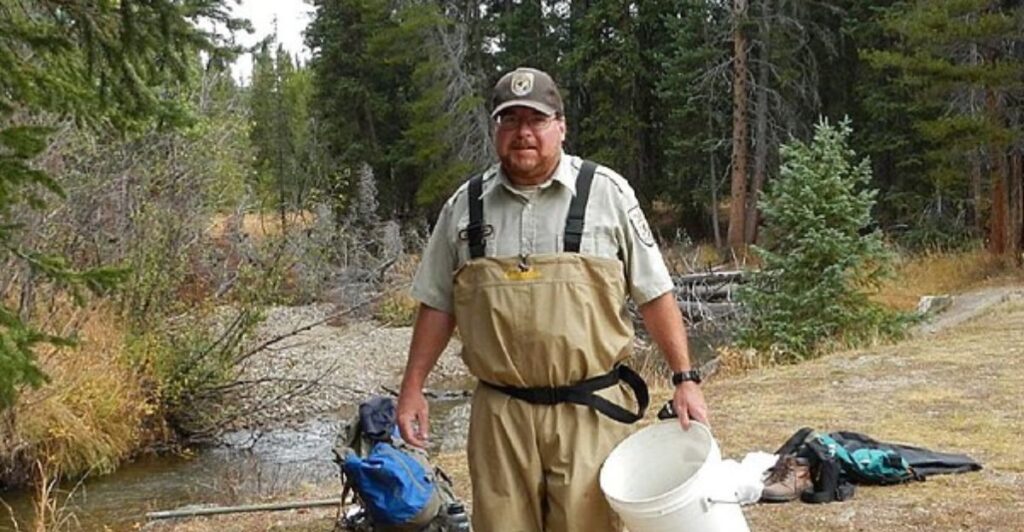
The USFWS is a federal organization that protects and conserves the environment, including fish, wildlife, plants, and the ecosystems in which they live. If their habitat isn’t managed, entire food chains could collapse, and species could decline.
Among their duties, they are responsible for protecting endangered species and over 560 national wildlife refuges across the United States. The USFWS is present in each state as a federal agency and works with indigenous people and international partners, all while respecting cultural beliefs.
Another responsibility of the USFWS is clamping down on illegal wildlife trafficking, and addressing the impacts of climate change on the local environments. The organization is crucial in protecting wildlife and habitats in all 50 States.
Lay Offs
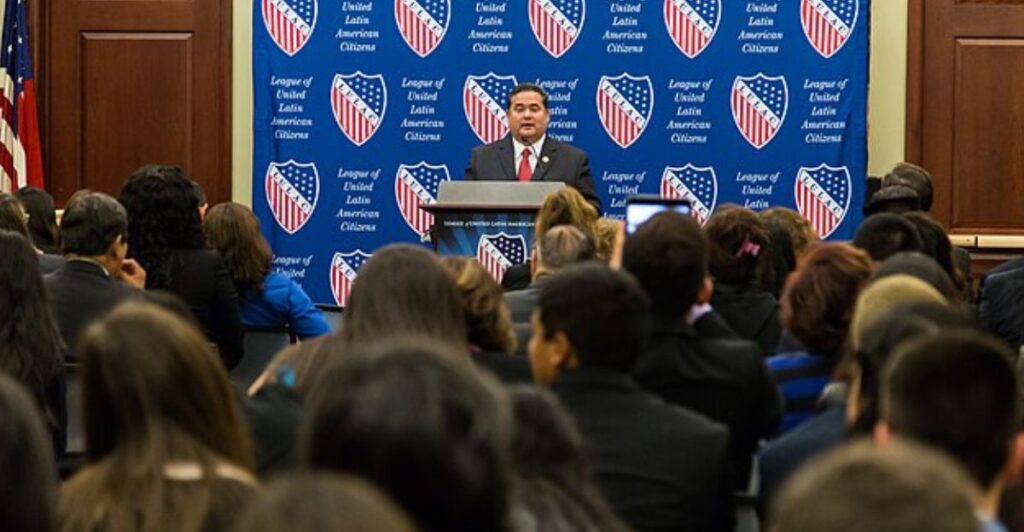
The USFWS has been hit hard by changes in priorities from the government. Approximately 400 staff have been laid off across different departments of the USFWS. This includes biologists conducting important research, refuge managers keeping the balance of ecosystems, and law enforcement officers, who enforce the laws that protect nature.
The lay-offs were reportedly caused from cuts to the budget by the government. Although short-term financial savings may benefit the USFWS now, many argue that in the longterm, the environmental and economical consequences of the firings will outweigh the benefits now.
One employee commented, “This isn’t just about job losses—it’s about the loss of expertise and institutional knowledge that’s essential for protecting our natural heritage.”
Impact On Endangered Species

The most apparent consequence of the mass lay-offs is the potential impact on recovery programs that are essential to the survival of many endangered species. With the USFWS being responsible for watching over these programs, their reduced capacity could end up with questionable competence when implementing conservation measures.
Monitoring efforts will be affected as fewer biologists and researchers are present after the firings, and recovery plans will most likely be delayed. The animals impacted the most by this could be already critically endangered species like the red wolf or California condor.
Conservation biologist Dr. Sarah Thompson commented, “Recovery programs require consistent, long-term efforts. Any interruption or reduction in resources can push species past the point of no return.”
Habitats At Risk

One of the leading causes for many animals to become endangered and even extinct is habitat loss and shrinkage. The USFWS has historically played a vital role in keeping critical habitats protected. With millions of acres having to be managed across the United States, a reduction in staff could make this an impossible feat.
Sanctuaries for birds, fish, and many other animals may be neglected, and thousands of species could suffer as a result. Many different factors come into play to keep these habitats protected, including invasive species control and addressing habitat degradation.
Human activities and climate change are among the biggest risks to habitat loss, and the USFWS combats these issues through cutting-edge research and policy enforcement.
Enforcement Challenges
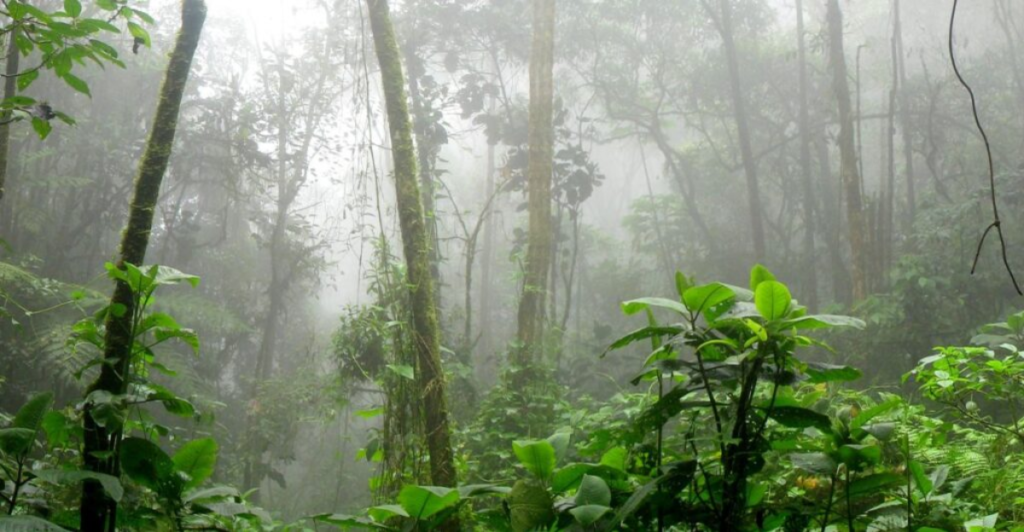
There are a few policies that the USFWS is responsible for managing, including the Migratory Bird Treaty Act, the Lacey Act, and the Endangered Species Act. These laws all help to combat illegal wildlife trafficking, and protecting species from illegal killings. As fewer law enforcement agents are present, they may be spread too thin to effectively enforce these laws.
If illegal activities rise, the USFWS’s capacity will not be up to its usual standard, meaning that enforcement officers may not be able to address all offenses. Poaching, smuggling, and habitat destruction are all real threats that can lead to the decline and extinction of wildlife.
Exotic trade and wildlife products drive species like the pangolin and the black-footed ferret closer to extinction, and this illegal practice is widespread enough to call for action.
Joshua Tree

The Joshua Tree is a species native to the Mojave Desert and is facing risks from both climate and habitat destruction. The USFWS is instrumental in protecting this species from extinction, but with the reduction in capacity could make this effort even harder as less staff are available to conduct surveys and manage invasive species.
The loss of the Joshua Tree would be a tragedy and another example of a species that could have been protected. The species has cultural and economic significance in the Mojave, and draws tourists from other parts of the U.S. and the world. The reduction in staff means that the future of the tree is uncertain.
The Joshua Tree is a symbol of resilience. Losing it could be a devastating loss for the desert ecosystem and the communities that depend on it.
Expert Perspectives

Many experts have noticed the firings and have voiced their concerns about the potential impact that this will have on local ecosystems and wildlife. Director of Legislative Affairs at Defenders of Wildlife, Mary Beth Beetham, expressed concerns, “Budget cuts and staffing reductions severely limit our ability to restore habitats, combat invasive species, and protect endangered wildlife. These losses are crippling conservation efforts across the country.”
Similarly, Cameron Witten, a Government Relations Associate at the Wilderness Society, commented, “Staff shortages mean critical tasks like resource monitoring and environmental impact assessments are delayed or canceled. This undermines our ability to manage public lands effectively and protect vulnerable ecosystems.”
Long-Term Consequences

The firings at the USFWS will most likely have long-term consequences on the environment. The worst projected consequences could lead to extinctions across different species and the collapse of ecosystems and food chains within them.
Biodiversity is an incredibly important part of an ecosystem, with different organisms within it providing essential services like pollination, water retention and purification, and carbon storage. The loss of ecosystems could also spell trouble for human agriculture and economy.
Climate change could accelerate due to ecosystems having less resilience against its effects. A loss of biodiversity is a silent crisis, as many people aren’t aware of its effects. However, once the long-term consequences start to appear, the effects will be noticeable.
Action Is Needed
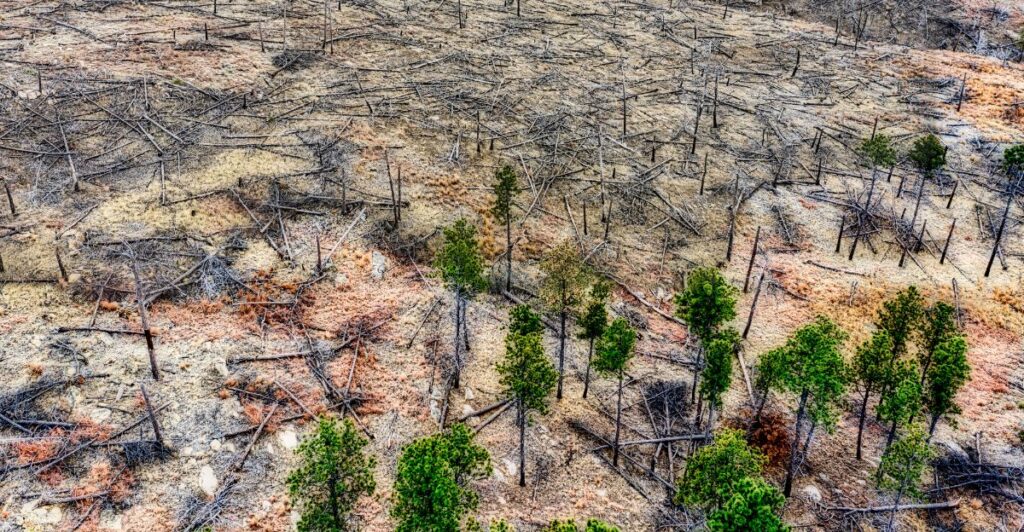
A proactive approach is needed for in order to address these issues before the consequences are apparent. Policymakers should reconsider their standing with the USFWS budget cuts and more closely examine the effects of their reprioritizaion.
Advocation and public awareness is an underutilized tool that could also help. Anybody can support conservation efforts by donating to environmental organizations or contacting representatives to see what volunteer work is available.
Activist Greta Thunberg reminds us, “The climate and biodiversity crises are interconnected, and solving them requires collective action. We must act now to protect the natural world and secure a sustainable future for all.” The future of the USFWS is uncertain, as is their competence regarding these delicate and important issues.
Explore more of our trending stories and hit Follow to keep them coming to your feed!

Don’t miss out on more stories like this! Hit the Follow button at the top of this article to stay updated with the latest news. Share your thoughts in the comments—we’d love to hear from you!







